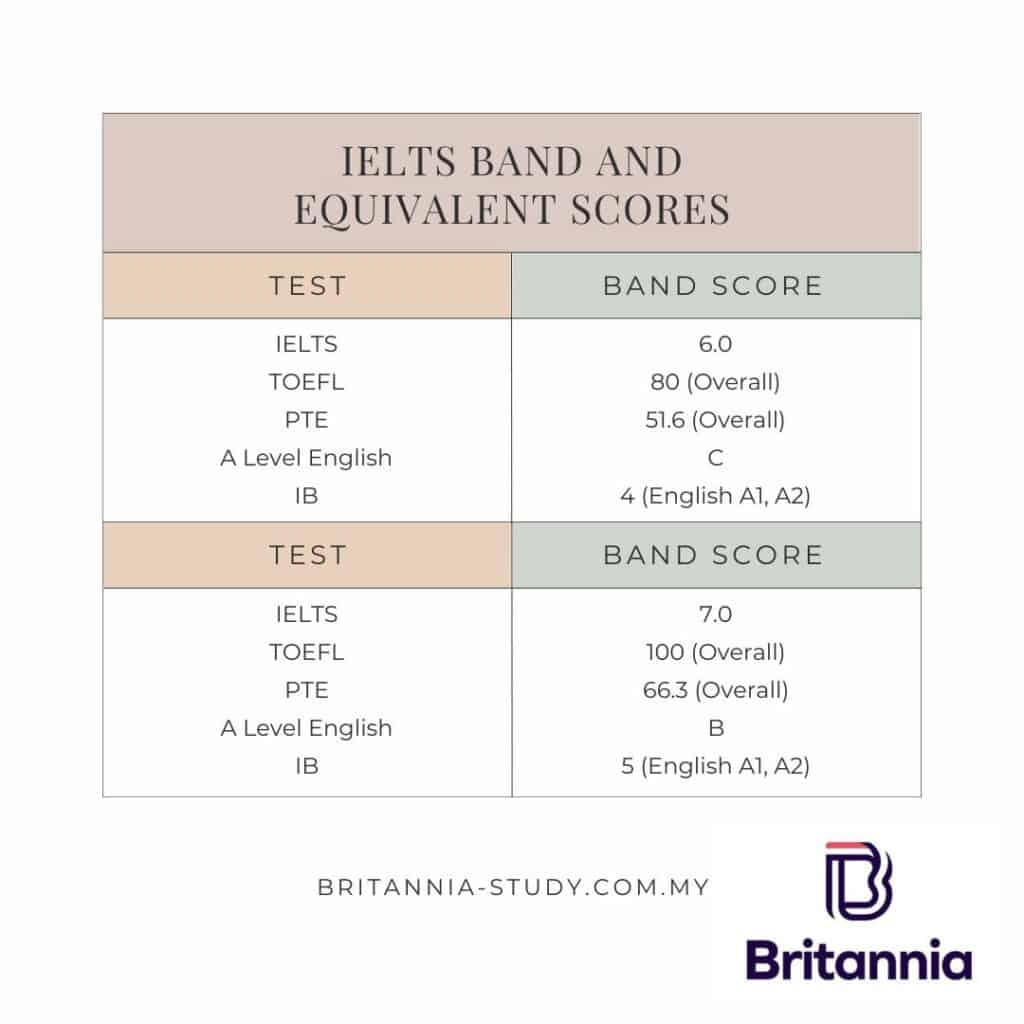When it comes to English proficiency exams, the two most popular choices are the Test of English as a Foreign Language (TOEFL) and the International English Language Testing System (IELTS). Both exams are widely accepted by universities, employers, and immigration authorities around the world. However, many test-takers find themselves wondering which exam is right for them and how the scores compare between the two.
Understanding the score charts for TOEFL and IELTS can help test-takers determine which exam to take and set realistic goals for their English language proficiency. Each exam has its own scoring system, with different score ranges and requirements for different purposes.
TOEFL vs IELTS Score Chart
On the TOEFL exam, scores range from 0 to 120, with each section (Reading, Listening, Speaking, and Writing) scored out of 30. Most universities require a total score of at least 80 for undergraduate programs and 90 for graduate programs. On the other hand, the IELTS exam uses a 9-band scale, with scores ranging from 1 to 9. Most universities require a minimum overall band score of 6.5 for undergraduate programs and 7.0 for graduate programs.
It is important to note that while the scoring systems for TOEFL and IELTS are different, both exams assess similar language skills, including reading, listening, speaking, and writing. Test-takers should consider their strengths and weaknesses in these areas when deciding which exam to take.
Another key difference between TOEFL and IELTS is the format of the speaking section. In TOEFL, test-takers speak into a microphone and their responses are recorded, while in IELTS, test-takers speak face-to-face with an examiner. Some test-takers may find one format more comfortable than the other, which can impact their performance on the speaking section.
Ultimately, the choice between TOEFL and IELTS depends on individual preferences and goals. Test-takers should consider factors such as exam format, scoring system, and test center availability when making their decision. Regardless of which exam they choose, preparing thoroughly and familiarizing themselves with the score charts can help test-takers achieve their desired scores.
In conclusion, the TOEFL vs IELTS score chart provides valuable information for test-takers seeking to demonstrate their English language proficiency. By understanding the score requirements for different purposes and comparing the scoring systems of each exam, test-takers can make informed decisions and set realistic goals for their language proficiency. Whether opting for TOEFL or IELTS, proper preparation and practice are key to success on either exam.
